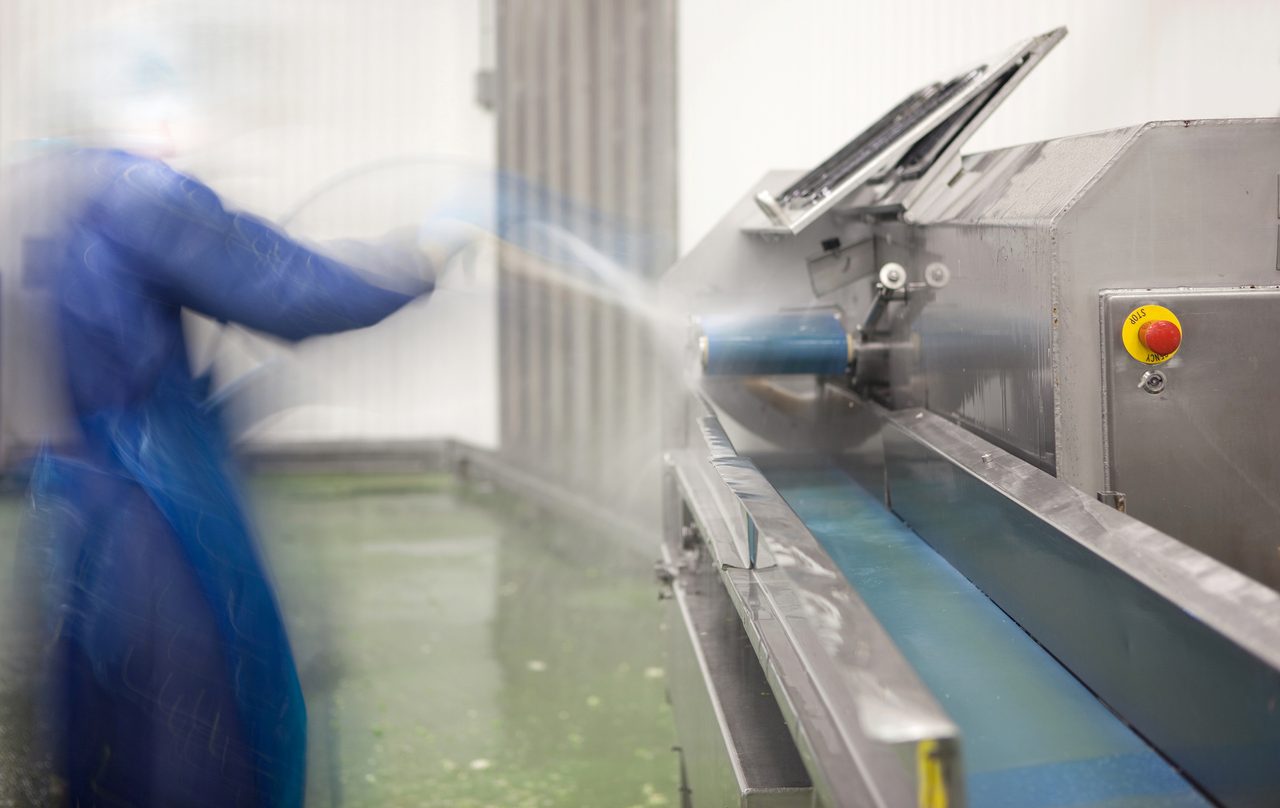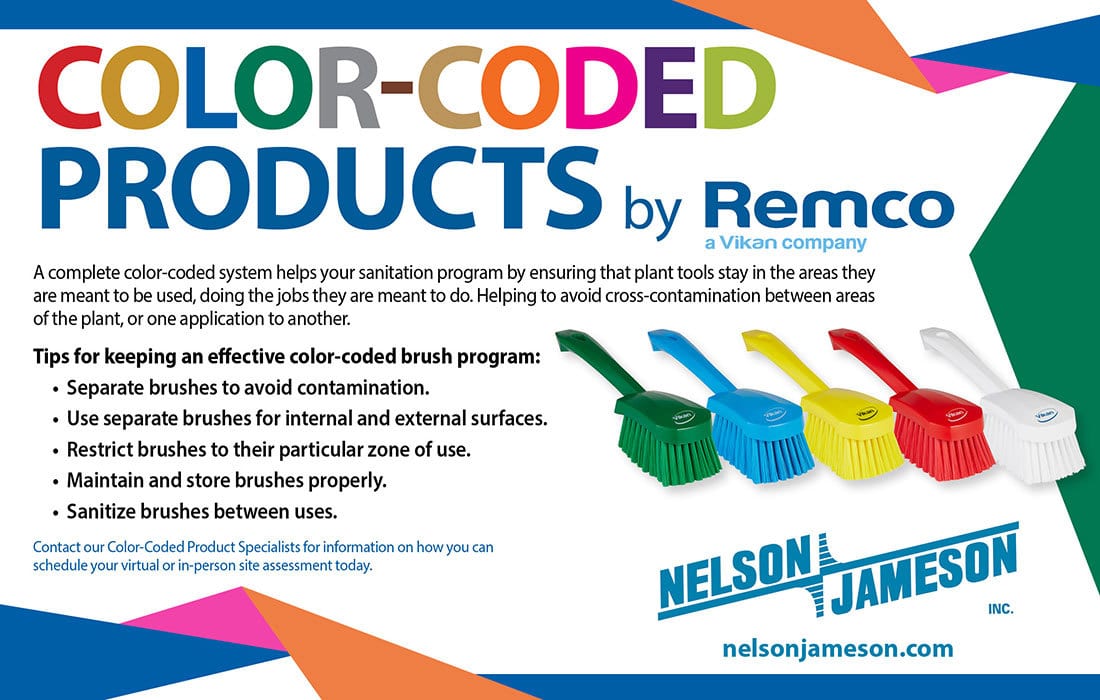Many of us have heard the saying “set it and forget it.” It may be memorable because it is one of the great infomercial taglines, but sometimes, food manufacturers and processors would like to apply this same expression to their equipment. In reality, several best practices involving equipment installation, as well as cleaning and maintenance, are necessary to help prioritize food safety and guard against foodborne illness from occurring on the production line.
When equipment manufacturers designed the first production equipment, they were primarily focused on one thing: functionality. They had to ensure that the equipment would cook, bake, cut, slice, dice, proof, pack, mix or even sift product as needed. Today, manufacturers are asked to make sure that equipment functions as intended and do it with food safety as a priority. This ensures the equipment does not negatively impact the foods being produced.
When prioritizing food safety, one aspect that must be considered is the equipment’s accessibility for cleaning and maintenance. The more difficult a piece of equipment is for an employee to access, the less likely it is that these routine tasks will be completed. A piece of equipment that is designed and located to be easily accessible is one more likely to be properly maintained, serviced and cleaned.
Another area of expertise expected of equipment manufacturers is installation. Even though equipment selection ultimately depends on the available space and necessary function, manufacturer’s collaborative guidance and recommendations on where to place that equipment can be invaluable. For instance, they should be able to help identify whether a piece of equipment is being placed too close to a wall or another machine, which may prompt access issues with the doors and openings that allow for cleaning and general maintenance.
Manufacturers should also advise regarding equipment installation in areas where contamination is imminent, such as directly over a drain with very little clearance from the drain backups. These could be overwhelmed due to the amount of water used when sanitation occurs, causing additional issues with the equipment. Concerns can also arise if a machine is located under an exhaust fan or cooler, where debris or even condensate could be blown or drop onto the equipment or product itself. These scenarios should be considered before and during the installation process.




